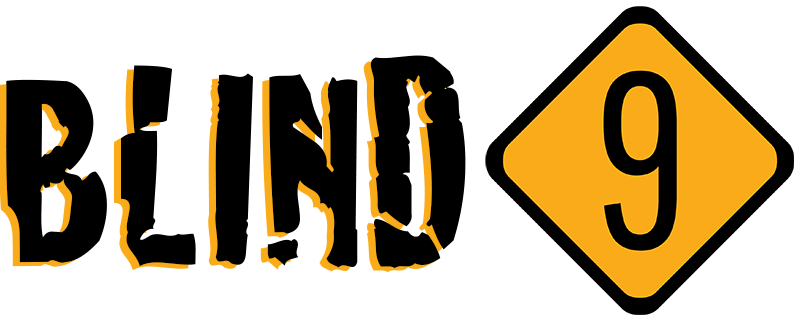
Why Am I Doing This?
Waterfowl hunting is like a club that nobody invites you to join. You’re either born into it and family members help you along or you’re an outsider, whose only glimpse is through the lenses of television “reality” shows and remarkably boring hunting programs. Waterfowl hunters are understandably wary of newcomers, as they are the competition. The newbie you invite to “your” spot often is the guy who is sitting there a week later with three of his buddies. This makes information spotty – about even public hunting areas. Tips, tricks, and the like often are murmured among senior hunters and left out of the scraps thrown to the junior, adult hunters. If you seek how-tos and advice online, you’re often quickly derided and peppered with comments such as, “find it yourself,” and “please stop asking for my honey-hole!”
There’s another barrier, which is the one shared by so many suburban hunters. We’re somewhere between country and urban, white collars and red necks. Our suburban peers scold our deeds (though many secretly want to join our ranks!) and our country brethren look on us with some distrust. Our trucks are too dirty for one set and too clean for another. So I decided to create a site to help hunters like me: those who started hunting without help from mentors or family members; those without access to hundreds of private goose fields at Uncle Bob’s farm; those with limited garage space; those who have duck fever.
The site also allows me and my hunting buddies to share our adventures, inventions, advice, recipes, and preferences. Even if you don’t live in the Great Pacific Northwest I hope you find information that helps you in your next hunt!
What is Blind 9?
The name comes from a hunt. One morning during the 2014 hunting season we had picked Blind 9 at the Ridgefield National Wildlife Refuge in Ridgefield, WA.
This blind is a good long hike from the closest parking area and was accessed, during that season, by an underwater path. This path contained a 4-inch-deep trench the width of a typical male foot in a wader boot. But it was only that wide, meaning you had to walk about 15 yards to the blind in this submerged trench, one foot in front of the other. Svelte gymnasts walking one foot in front of the other on a balance beam make this look easy. A fully laden (and not-so-svelte) duck hunter in waders trying this looks like a drunk toddler. This blind, which is a box blind, also had an underwater sunken pit right next to the stairs and featured all manner of ankle-breaking nutria holes throughout the hunting area. It was, in my experience, the worst hunting blind in the whole place as far as accessibility and maneuverability are concerned. If you like sprained ankles and getting your waders full of water, then this is the blind for you!
And yet … after a day hunting in this environment, we managed to get a handful of birds and a few good shots. We managed, just barely, to keep from going under. By the end of the day I began to warm to the place. After all, compared to not hunting, a hunt in Blind 9 is a waterfowlers’ paradise.
